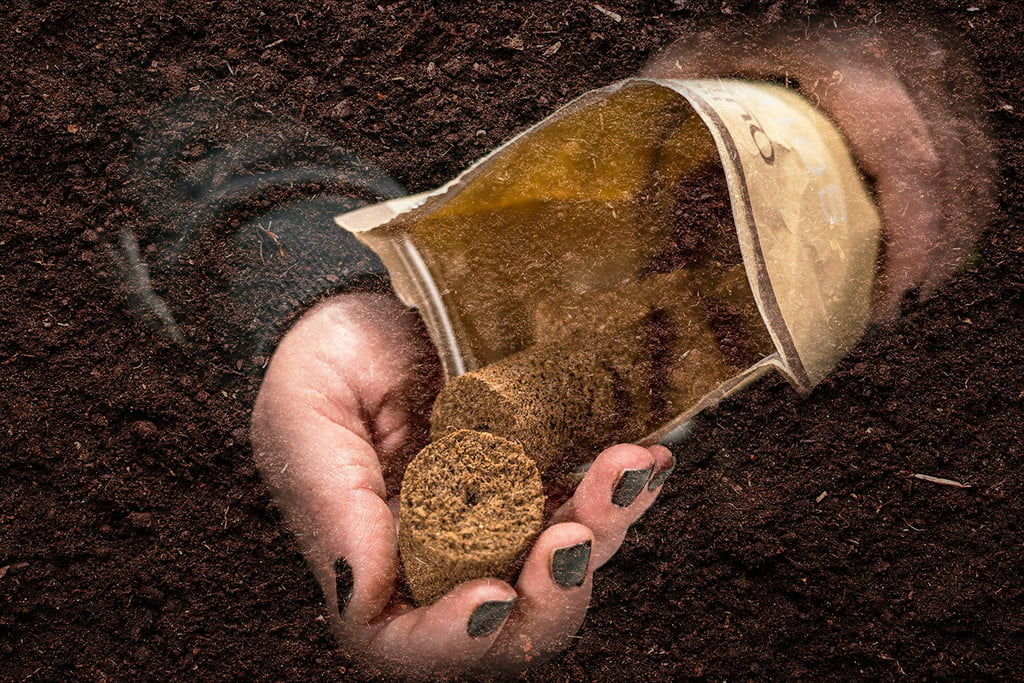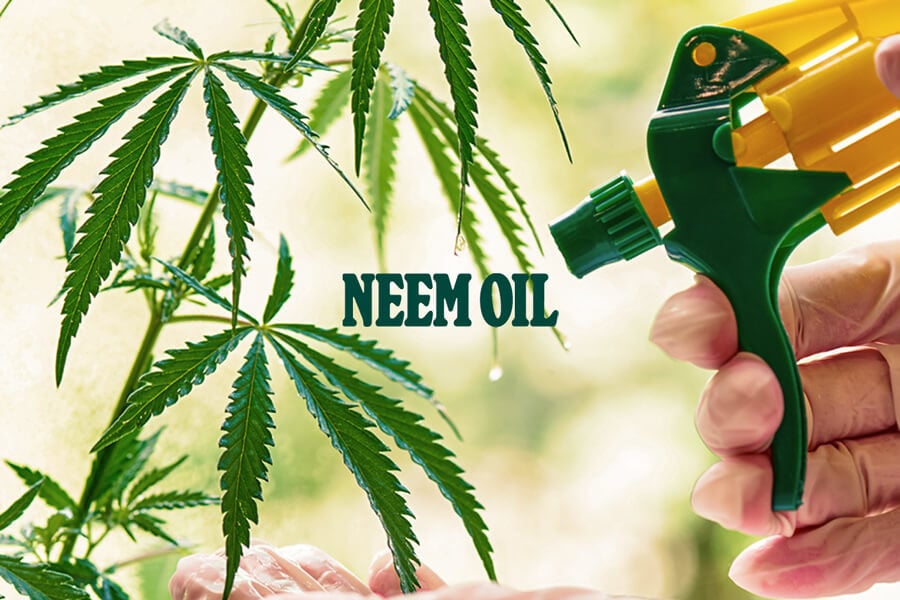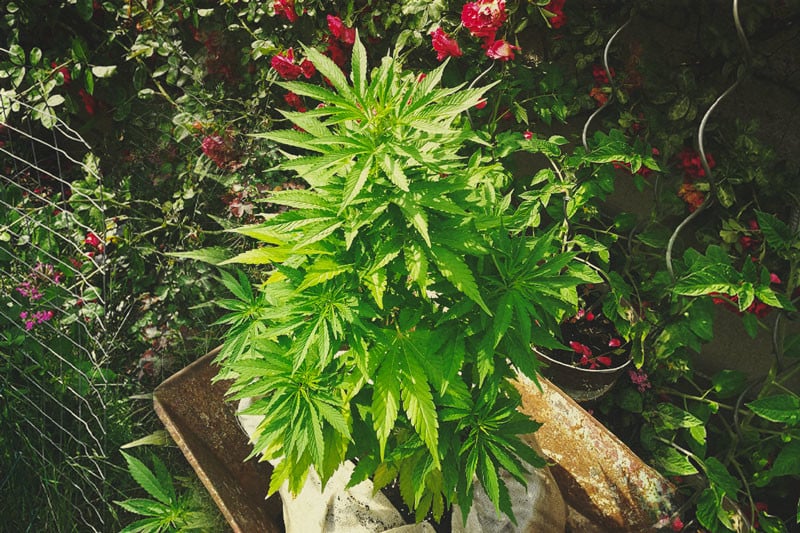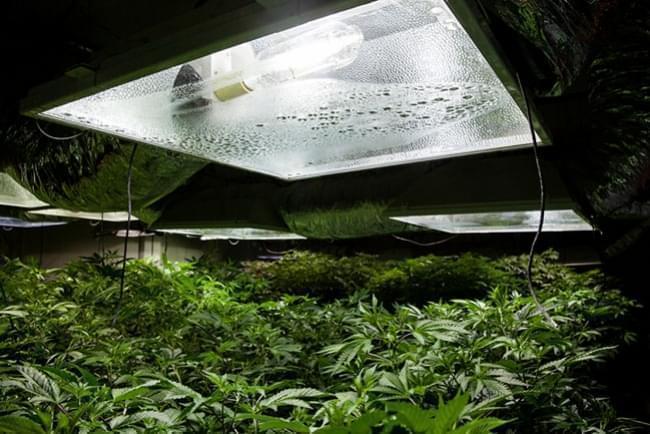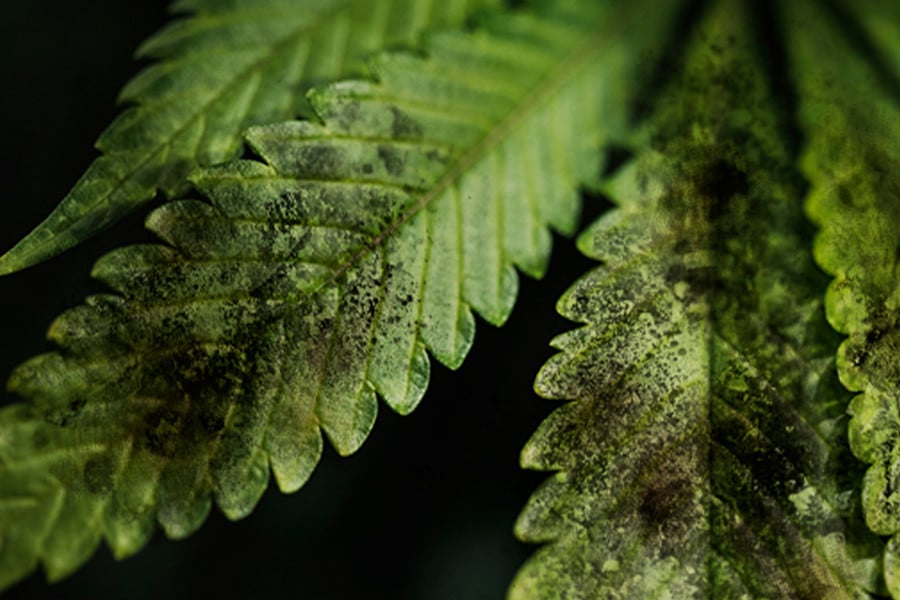.

How To Recognize And Prevent Alternaria In Cannabis Plants
Alternaria fungus is a real problem for gardeners, seeing as it can be quite devastating and difficult to treat. In this article, we discuss the different symptoms of Alternaria in cannabis plants, how to treat it, and ultimately, how to prevent it from occurring in the first place.
Contents:
WHAT IS ALTERNARIA?
Alternaria is a genus of fungal pathogen species that, if you are not careful, can grow on your crop. It is a major plant pathogen that is responsible for at least 20% of all agricultural crop spoilage. This pathogen travels through the air, soil, and cuttings, and can easily attack your cannabis plants, especially when environmental conditions favor infection. These conditions include high humidity, warm temperatures, and wet leaf surfaces. Once on your plant, this fungal pathogen weakens it and gradually settles down, particularly when the crop displays strong potassium and oxygen deficiencies.
Other factors that make your plants more susceptible to Alternaria include:
- Previous nematode infection
- Poor or inert soil
- Bad nutrient management
- High humidity
ALTERNARIA HOST PLANTS
Other than cannabis, this fungal infection potentially affects all varieties of carrots, tomatoes, potatoes, beans, crucifers, and less often, other herbaceous plants. While it attacks plants at all growth stages, it is most common during the flowering and fruiting stages. A plant that is infected may show signs of damping off and stunted growth.
Most often, farmers will notice the fungus when it appears on leaves as spots that can grow up to 0.8 inches in diameter. Sometimes, the purplish-brown spots of Alternaria may be topped by other, smaller black spots called conidia. Conidia are the spores responsible for the reproduction of the fungus.

SYMPTOMS OF ALTERNARIA
Alternaria is a seed-borne fungus. This means that it’s transferred to the plant through the infected seed, then spreads to nearby plants. While most commercial seed houses screen for infection before distribution, they do not always catch the problem. Since the infection develops slowly, an infected plant may not show any signs until it is well into growth.
This infection is rarely noticed until transplantation or fruiting begins. As a result, it ends up affecting all the nearby plants. Even so, the bolting of seed and flower is almost always the first symptom of Alternaria in all plants. This disease tends to get more noticeable in late summer or early fall and is quite common on a highly susceptible host.
Some of the notable characteristics of Alternaria include dark purplish-brown spots with a yellow edge that’s due to chlorophyll deficiency. In case the infection lands on a vein, it can cause the leaf to become distorted with some yellowing and leaf drop. On the stems, Alternaria spots appear elongated and sunken, and grow up to a few centimetres long.
Other symptoms of Alternaria include:
- Necrotic areas
- Slowed plant growth
- Poor nutrient absorption that may result in various deficiencies
The brown, multi-celled spores of Alternaria can be moved by air currents and overhead irrigation to nearby plants. The symptoms of this infection may appear on the leaves, stems, cyathula, petioles, and bracts. It normally has a quick impact on the saleability of your crop. Since this disease is generally unknown, it is usually mistaken for Botrytis blight.
HOW DOES ALTERNARIA IMPACT THE PLANT
When a plant is infected with Alternaria fungus, its production stunts and produces infected fruits, which are not edible even to animals. Feeding these infected fruits to animals is suspected to cause a gastrointestinal problem, especially diarrhea in some livestock.
Infected tomatoes display slowed production and smaller-than-average fruits. Carrots, on the other hand, wilt in the ground without growing to potential. Coles and beans become stunted, with cabbage heads never developing correctly.

OTHER RISKS OF ALTERNARIA
The risks associated with Alternaria are not limited to plants only. This fungus can infect humans as well. Its consequences vary in gravity and may sometimes cause respiratory and skin allergies like rhinitis, hay fever, and asthma. According to research, at least 10% of the global population is allergic to Alternaria in varying degrees.
HOW TO PREVENT ALTERNARIA
- Avoid growing cultivars that are susceptible to the disease
- Avoid exposing your leaves to long periods of wetness
- Adequately space your plants
- Always water your plants early enough in the day so they don't sit wet all night long
- Avoid watering overhead, instead watering from the base
- Keep your crop clean
- Do not reuse the same soil for several grows in a row
- Provide proper ventilation, especially in a greenhouse to avoid humidity buildup
HOW TO TREAT ALTERNARIA
In most cases, once a plant is infected with Alternaria, nothing much can be done except removing and destroying the whole plant, including fallen leaves. This way, you eliminate the risk of contaminating other plants in the area. However, if your plant is isolated or you are unwilling to destroy the entire plant, there are a few different ways you can attempt treat the fungus.
To manage Alternaria, you need to spray fungicides directly on the infected plants, coupled with improved sanitation and crop rotation to prevent future outbreaks. If you are an organic farmer, you will be limited to sprays of copper or captan fungicides, which might make controlling the pathogen even more challenging. Conventional farmers, on the other hand, can use trifloxystrobin (FRAC 11), chlorothalonil (FRAC M5), triflumizole (FRAC 3), and other chemicals on plants listed on the tag of each product.
Mulch can also help slow down the spread of Alternaria spores that are already in the soil when applied immediately after planting.
Alternaria can result in considerable losses to farmers if not taken care of immediately. Make sure you implement all the prevention tactics listed above to keep it from getting into your garden. When growing cannabis, an infected crop cannot really be saved by fungicides, especially during the flowering phase. As such, it’s best to remove and destroy the plants, and start your grow-op fresh. It may be upsetting and time-consuming, but you won't be wasting your energy on bad buds.
- Bolting (horticulture) - Wikipedia https://en.wikipedia.org



























